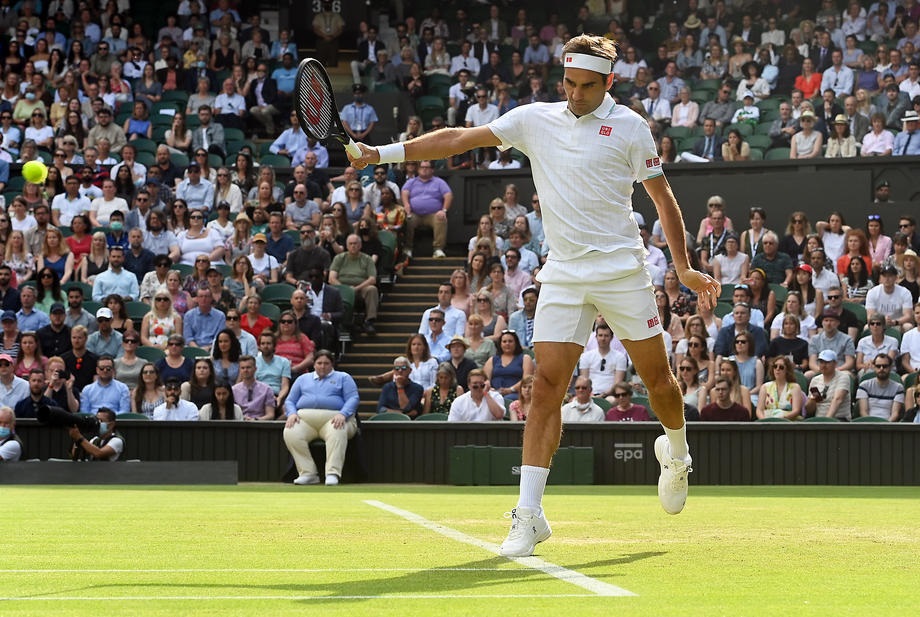- Mubadala Citi DC Open Men’s and Women’s Tennis Draws
- Paris Olympic Tennis Draws and Order Of Play for Saturday, July 27, 2024
- Kitzbuhel Generali Open Draws and Order of Play for Friday, July 26, 2024
- Paris Olympic Tennis Singles and Doubles Draws
- Croatia Open Umag Draws and Schedule for Friday, July 26, 2024
- Atlanta Open Draws and Order of Play for Thursday, July 25, 2024
- Croatia Open Umag Draws and Schedule for Thursday, July 25, 2024
- Laver Cup Tennis 2024 Is in Berlin September 20-22 • Almost all the top men’s players will be playing
- Coco Gauff Named Team USA Flag Bearer for Olympic Games
- Kitzbuhel Generali Open Draws and Order of Play for Wednesday, July 24, 2024
- Croatia Open Umag Draws and Schedule for Wednesday, July 24, 2024
- Atlanta Open Draws and Order of Play for Tuesday, July 23, 2024
- Fils upsets Zverev for Hamburg title, Borges beats Nadal in Bastad
- Kitzbuhel Generali Open Draws and Order of Play for Tuesday, July 23, 2024
- Croatia Open Umag Draws and Schedule for Tuesday, July 23, 2024
Rafa and Osaka out of Wimbledon – but what next for Osaka?
- Updated: June 20, 2021

By Alix Ramsay
It is, the sages tell us, a very open Wimbledon. Quite how they arrive at this verdict is one of the mysteries of television punditry. But if they say so, it must be true. But just how open?
Sure enough, the withdrawal of Rafa Nadal has taken one huge name out of the equation. But did we really think he was going to win in SW19 this year? Not really. Then there is Roger Federer madly scrabbling through old kit bags and cupboards trying to find the missing chapter of his instruction manual, the one entitled “How to win”. The knee is holding up, as are the other bits of his 39-year-old body, but after 15 months off, he has forgotten what to do when he is a break up in the final set.
We have Andy Murray, but as he explained at some length this past week at Queen’s Club, he has no idea what to expect from his bruised and battered body as he tries to get back into a routine of playing matches regularly.

Apart from those guys, who else knows how to win at Wimbledon. Ah, yes. Novak Djokovic. He is the fourth and most prominent member of the quartet who have sewn up The Championships since 2003.
The defending champion (albeit he is defending a title he won in 2019) has won the first two grand slams of the year and his coach, Marian Vajda, was talking enthusiastically of the No.1 collecting the “Golden Slam” this year – all four majors and the Olympic gold medal. And on the evidence of the past six months, it is hard to argue against him.

So what the pundits actually mean is that it is a very open Wimbledon this summer in that no one knows who is likely to meet Djokovic in the final. And, in all probability, lose to him.
On the women’s side, it does look more unpredictable. Ash Barty is tiptoeing back from the hip injury that forced her out of Roland Garros. Last week she posted pictures of her hitting at the All England Club under the heading “Baby Steps”. Then again, even when she has been as fit as a flea, her best result there is reaching the fourth round two years ago.
Simona Halep, who, like Djokovic, is defending her 2019 Wimbledon title, has been injured since May. Naomi Osaka is not playing (and more on her later), Aryna Sabalenka, the world No.4, won just the one match in SW19 back in 2017 and Sofia Kenin, last year’s Australian Open champion and Roland Garros finalist, has only reached the second round twice on the grass.
That takes care of the top five. After that we have Serena Williams but it is harder to say who is more nervous about the possibility of her winning her 24th grand slam title – Serena or her followers (of whom there are many). With every passing slam, she edges closer to her 40th birthday. And with every slam that passes without silverware, the more the feeling grows that it may never happen. Then again, she has surprised us all before. It is just that she hasn’t done it for a good few years.

Elina Svitolina reached the semi-finals two years ago; Petra Kvitova won the title twice. But until 2019, Svitolina had only won five matches in six previous trips to Wimbledon while Kvitova’s last title run came seven years ago.
It is fair to say, then, that the women’s draw is wide open. We will give the telly pundits that one.
It came as a huge disappointment when Rafa pulled out but after he limped away from his semi-final defeat at Roland Garros, it was hardly a huge surprise. He will not play the Olympics either because he wants to “protect my body” – and at the age of 35, who can blame him.
Osaka’s withdrawal was no great surprise either. She pulled out of the French Open citing mental health issues (anxiety and depression) but only after getting herself into trouble for refusing to talk to the media.
The fall out was anything but pretty but soon the waves of support and empathy began to wash over her. Wimbledon said that their door was always open and the club’s chief executive, Sally Bolton, made it clear that they were willing to discuss any issues going forward. But Bolton was one of the very few to make it plain that the business of media commitments is not just a concern for the players.
“We have started a consultation,” she told BBC Radio 4’s Today Programme a couple of days ago. “Of course, that consultation needs to include not just the players, but the media and all of those engaged in that space.”
This was the first voice of reason in what had become a very messy situation. Osaka managed to annoy the media by blaming us for her mental health problems. Our heartless questioning of her when she won or lost (tough, biting interrogations along the lines of “your serve wasn’t working too well today…. any idea why?”) were “putting doubt” in her mind.
She offended the four grand slams by breaking their rules (players are obliged to speak to the media after matches, if requested) and Roland Garros in particular when she did not respond to their enquiries as to her health and wellbeing.
When the slams publicly pointed out that there was a system of fines and other sanctions in place to deal with those who broke the rules, the Twittersphere went ballistic. In that measured and considered way that it has, social media immediately flicked a lit match into the petrol can and lambasted anyone and everyone. Those who disagreed responded with ever more vitriolic – and ill-informed – arguments.
And in the middle of this, the woman who was already struggling with anxiety issues, was left to watch explosion. Presumably from under the duvet.
Meanwhile, those who manage her affairs happily announced that their client was having a little R&R at home and would be back in time for the Olympics in Tokyo. She was, apparently, looking forward to that.
Even the most casual of tennis watchers could have told you that Osaka is a delicate soul. When she got to No.1 after winning the Australian Open in 2019, she won only 13 matches over the next six months. And she did not win another title until she had lost her No.1 spot. She simply could not cope with the pressure and the attention.
Why, then, those around her think she is going to be able to cope with the Tokyo Olympics – where she is bound to be the poster girl – is a mystery. The Japanese press are charming: polite, hard working and dedicated. But there are hundreds of them. They go everywhere.
When Kei Nishikori reached his one grand slam final, he suddenly found himself surrounded by 30 or 40 people at every tournament. They followed him to his hotel. They filmed him having his breakfast. They asked him questions as he got into his car to go and practice. They asked him questions when he got out at the other end. The poor bloke couldn’t go to the gents without a film crew at his elbow. And he had only reached one major final.
Osaka has won four slams, been No.1 in the world and is the highest paid female athlete on the planet. And as the biggest Japanese sports star, she will be going back to Japan to represent her nation at the Olympics. If she is anxious and depressed now, who knows how she will feel when she walks into that arena.

Wimbledon may be wide open but the one certainty of the moment is that unless Osaka gets help – and proper help – she may never fulfil her huge potential. If she could stay fit and engaged, she could hoover up grand slam titles for as long as she cared to. She is, undoubtedly, that good.
But if she does not have the mental armour to deal with all that comes with that sort of success, she will crumble. And that won’t be fault of the media, it won’t be the fault of the grand slams or the system. It will be the fault of those who “advise” her, who use her to promote their products, their sport or even just their bank balance. If the system truly is rotten, the rot starts at the centre.






